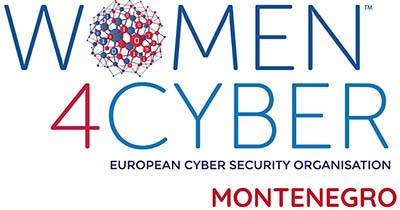Man-in-the-Middle (MitM) attacks represent a serious threat in the world of cyber security. In these attacks, an attacker inserts themselves between two parties who are communicating, intercepting and potentially altering the information exchanged without the knowledge of the legitimate users. This can include accessing sensitive data such as passwords, credit card numbers, and trade secrets. A significant example of a MitM attack occurred in 2017 when Equifax fell victim to such an attack. A vulnerability in their web framework allowed attackers access to the financial data of nearly 150 million people, leading to serious consequences for security and user trust.
MitM attacks are significant for several reasons:
- Widespread Application: They are used for data theft, espionage, fraud, and manipulation of communication.
- Data Sensitivity: The information attackers obtain can be of high value, including financial and personal data.
- Impact on Trust: Successful attacks can undermine user trust in digital services and systems.
Increase in Attacks on Mobile Devices – The growing use of mobile devices for financial transactions makes them a target for MitM attacks. Attackers often use malicious apps or fake Wi-Fi networks to intercept user data. Research has shown that over 70 iOS apps were vulnerable to MitM attacks due to weak TLS certificates.
DNS and SSL/TLS Attacks – DNS spoofing and SSL stripping are common methods used by attackers to intercept communications. DNS spoofing enables redirecting users to fake sites, while SSL stripping converts HTTPS traffic to unencrypted HTTP, allowing attackers access to sensitive data.
Attacks on IoT Devices – Internet of Things (IoT) devices are often poorly protected, making them easy targets for MitM attacks. The new BLUFFS method allows taking control over Bluetooth connections, compromising the security of wireless devices.
Attacks on Corporate Systems – The use of business emails and network resources for MitM attacks is on the rise. For example, attackers intercepted a $1 million money transfer between a Chinese investment firm and an Israeli startup, falsely representing communications between the two parties.
Attacks on Government and Institutional Systems – Governmental and institutional organizations are high-priority targets due to the sensitive data they possess. The attack on Equifax is an example of how vulnerabilities can result in the compromise of a large number of financial records.
Prevention and Protection
MitM attacks pose a serious threat to cyber security, requiring constant vigilance and enhancement of protective measures. Understanding trends and implementing preventive strategies are key to reducing risks and protecting sensitive data in the digital world.
- Using VPNs: VPNs can protect communications on public Wi-Fi networks by encrypting traffic between users and servers, reducing the risk of MitM attacks.
- Checking URLs: Always check the URLs and certificates of sites you visit to ensure they are legitimate. Attackers often use URLs that look similar to legitimate sites but have slight differences in domains.
- Implementing Multi-Factor Authentication (MFA): Multi-factor authentication adds an extra layer of protection and can prevent attackers from accessing your accounts even if they obtain your passwords.
- Updating Software: Regularly updating operating systems and applications can close security gaps that attackers use for MitM attacks.
By presenting the MITM attack we want to warn you to the fact of how easy it is to come to data on internet, that is why is very important to educate oneselves and point out to the big problem od data protection.
The internet community is growing every day and we as young ambassadors, have to put enough effort in order to spread information about Cyber security.
Ksenija Baković
Women4Cyber Montenegro












